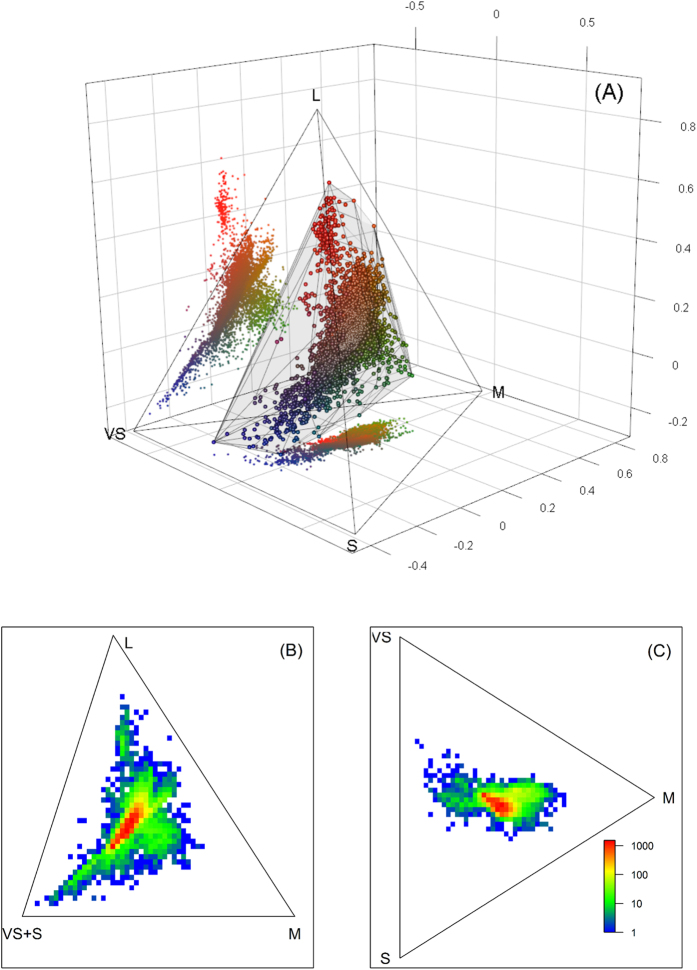Figure 1. Plumage colours of Australian landbirds represented in U-type visual space.
In (A) all colours are represented within the tetrahedral colour space of birds where symbols of different colours approximate human-perceived hues. The semi-transparent ‘shroud’ represents the convex-hull volume occupied by the entire sample. Rasterized versions in two dimensions, which correspond to the side and bottom ‘shadows’ in (A), are presented in (B)(side shadow) and (C) (bottom shadow) respectively. These two-dimensional projections of the three-dimensional variation in colour space would correspond to views from one side (B) or directly from above (C) the tetrahedron. Note that the lower left vertex of the triangle in (B) is labelled VS + S because, from this side view, it is not possible to separate colours based on their relative VS or S stimulation. Similarly, the L cone label has been omitted from (C) because relative stimulation of this cone type cannot be assessed in this projection. Warmer colours represent heavily occupied locations in colour space and lines represent the edges of the tetrahedron in two dimensions.

